The views expressed in our content reflect individual perspectives and do not represent the authoritative views of the Baha'i Faith.
Did the Iroquois Constitution influence the United States Constitution?
Proponents say, “Yes.” Opponents say, “No.”
Among the proponents: Historians Bruce Johansen, Donald Grinde, Jr., Gregory Schaaf, J.N.B. Hewitt, Felix S. Cohen, Jack Weatherford, Oren Lyons, John C. Mohawk, and Robert W. Venables, among others.
Among the opponents: Elizabeth Tooker, Erik M. Jensen, and Samuel B. Payne, Jr., among others.
Whether or not the “Iroquois influence thesis” is a proposition grounded in quicksand, on October 4, 1988, during the 100th Congress, the U.S. House of Representatives passed House Concurrent Resolution 331 (H.Con.Res. 331) onto the Senate by a vote of 408–8. Then, on October 21, 1988, the Senate approved Senate Concurrent Resolution 76 (S.Con.Res.76, identical to H.Con.Res. 331), by unanimous voice vote. The joint resolution reads, in part:
Whereas the original framers of the Constitution, including, most notably, George Washington and Benjamin Franklin, are known to have greatly admired the concepts of the Six Nations of the Iroquois Confederacy;
Whereas the confederation of the original Thirteen Colonies into one republic was influenced by the political system developed by the Iroquois Confederacy as were many of the democratic principles which were incorporated into the Constitution itself . . .
RESOLVED BY THE HOUSE OF REPRESENTATIVES (THE SENATE CONCURRING), That —
(1) the Congress, on the occasion of the two hundredth anniversary of the signing of the United States Constitution, acknowledges the contribution made by the Iroquois Confederacy and other Indian Nations to the formation and development of the United States; . . .
Advocates of the “Iroquois influence thesis” point to anecdotal evidence. For instance, on March 20, 1751, Benjamin Franklin offered the example of the “Six Nations” of the Iroquois Confederacy as a model for the union of the original thirteen colonies, which formed the United States of America on July 4, 1776:
It would be a strange thing if Six Nations of ignorant savages should be capable of forming a scheme for such an union, and be able to execute it in such a manner as that it has subsisted ages and appears indissoluble; and yet that a like union should be impracticable for ten or a dozen English colonies, to whom it is more necessary and must be more advantageous, and who cannot be supposed to want an equal understanding of their interests. – Benjamin Franklin to Parker, Mar. 20, 1751, The Papers of Benjamin Franklin, vol. 4, pp. 118–119.
As further evidence, in 1744, Onondaga Chief Canasatego addressed the British colonists at the Treaty of Lancaster, and spoke of the power of unity in forging an alliance of confederate colonies:
We heartily recommend Union and a good Agreement between you our Brethren. Never disagree, but preserve a strict Friendship for one another, and thereby you, as well as we, will become the stronger.
Our wise Forefathers established Union and Amity between the Five Nations; this has given us great Weight and Authority with our neighbouring Nations.
We are a powerful Confederacy; and, by your observing the same Methods our wise Forefathers have taken, you will acquire fresh Strength and Power. – “A Treaty Held at the Town of Lancaster . . . In June 1744,” in Cadwallader Colden, The History of the Five Indian Nations of Canada, pp. 2:200.
Okay. Instead of influence, let’s talk about confluence of ideas, by asking a broader question: “Are Deganawida’s ‘Great Law’ and Baha’u’llah’s ‘Most Great Law’ similar in principle?”
One leading proponent, Dr. Lee Brown (Cherokee, Director Institute of Emotional Health, Vancouver, BC), says “Yes:”
Those who have a knowledge of the Great Law can clearly hear the words of the Peacemaker echoing in the voice of Baha’u’llah. And that voice began to move upon the land in the form of Native Councils as it once did when the Peacemaker, as a young boy, left the camp of his Mother and Grandmother, in a carved white stone canoe and began his journey of speaking, teaching and bringing the Great Law of Peace of the Iroquois.
Through the Law, the Peacemaker established peace among the Nations of the Iroquois Confederacy and through the Law, the Kitab-i-Aqdas, Baha’u’llah will establish peace among all the Nations of the earth.
This yearning for peace, especially among Native people, so long assaulted by the bitter winds of colonialism, was felt again in the birthplace of the Peacemaker in the hearts of Jim and Melba. They became the first Aboriginal ambassadors bringing this blessing to the Native world and to all humanity through their sacrifice and efforts. Jim and Melba had the knowledge of mind to the see the relationship between Baha’u’llah and the Peacemaker . . .
– Return to Tyendinaga: The Story of Jim and Melba Loft, Baha’i Pioneers: Review (2013). bahai-library.com/brown_watts_verge_tyendinaga
In 1873, Baha’u’llah proclaimed:
“O kings of the earth! The Most Great Law hath been revealed in this Spot, this scene of transcendent splendor.” – The Most Holy Book, p. 49.
Dr. Brown has written a comparative legal study of Deganawida’s “Great Law” and Baha’u’llah’s “Most Great Law.” Dr. Brown’s book awaits publication. Let’s hope that it shows us how Deganawida’s “Great Law” and Baha’u’llah’s “Most Great Law” resound in splendid harmonics, one with the other, despite being a world apart, in culture and context.
©2014 by Christopher Buck.


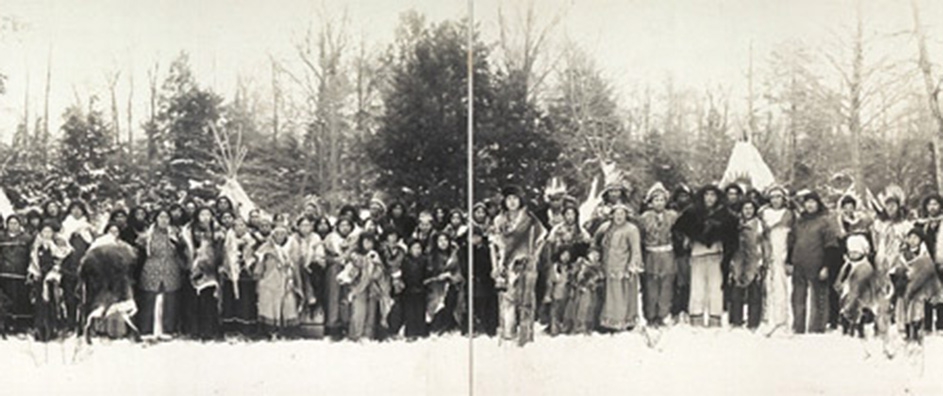
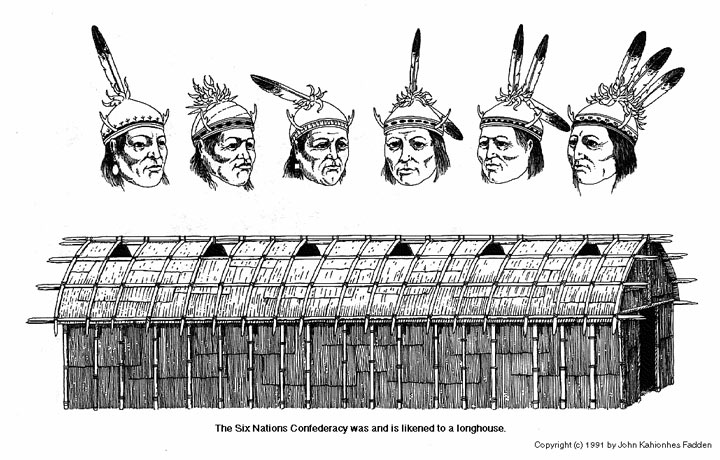

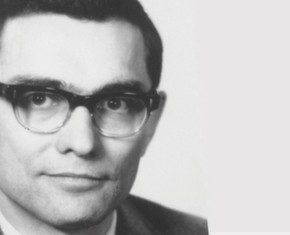





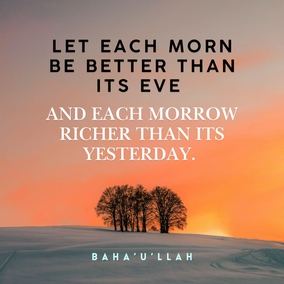
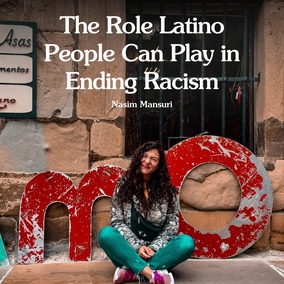




Comments
Sign in or create an account
Continue with Googleor